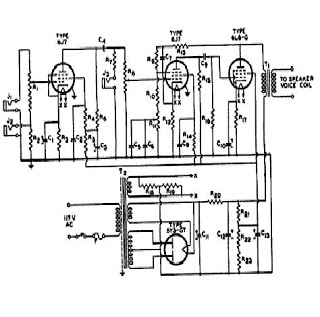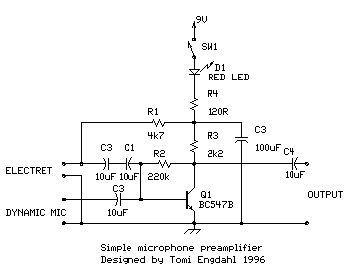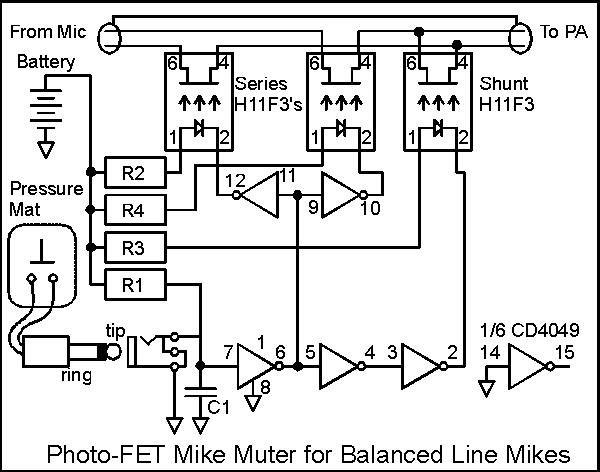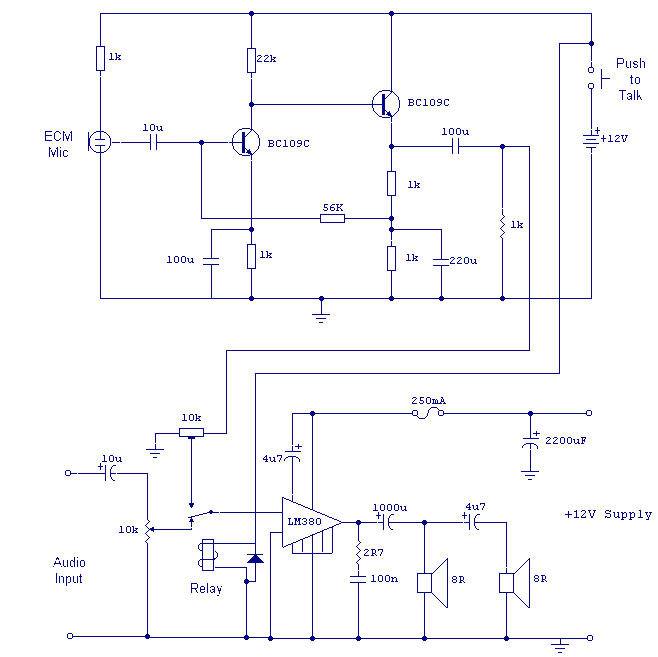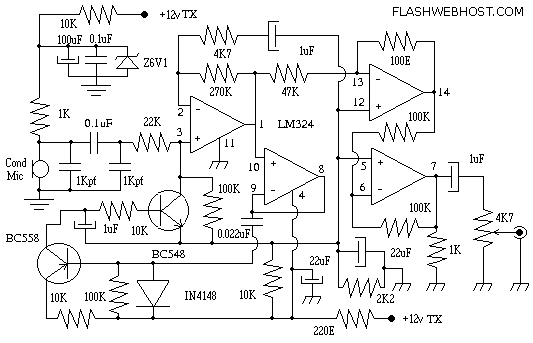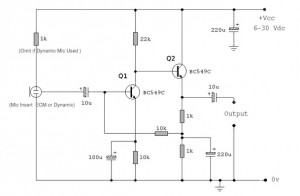
microphone Neumann KM 88

Both microphones, along with the stereo mics SM2 and SM23, utilized a similar basic capsule design akin to the KM54 capsule. According to Klaus Heyne of German Masterworks, the FET KM88 was created to utilize the company's surplus of these capsules. In the KM56 and KM88, a pair of small-diameter capsules were arranged back-to-back with a gap between them. This gap was designed to enhance the time difference between the arrival of low-frequency signals at the two membranes. Typically, dual-diaphragm capsules feature a minimal gap between the front and back membranes. As a result, long, low-frequency signals are nearly in phase at both diaphragms simultaneously. When the polarity of the rear diaphragm is reversed to produce a figure-of-eight pattern, the resulting low-frequency response is diminished because the two signals—reversed in polarity but nearly identical in amplitude—cancel each other out. The diaphragms in the KM56/KM88 capsule are constructed from 0.7-micron nickel, which is approximately one-tenth the thickness of standard (~6-micron) condenser capsule membranes. The initial design of this capsule employed a relatively loose diaphragm tension, making it susceptible to damage from high sound pressure levels (SPLs). If the diaphragms were repeatedly overloaded with SPLs to the extent that the metal diaphragm contacted the electrically charged backplate, a tiny arc hole could form in the diaphragm at the point of contact. In 1982, Neumann modified the tensioning of the nickel diaphragm to enhance the durability of the capsules in close-miked vocal applications, such as German broadcast. This adjustment altered the microphone's frequency response; specifically, in Cardioid and Figure-of-8 patterns, low-frequency response was reduced by 5dB at 40Hz in Cardioid and approximately 11dB at 40Hz in Figure-8. A switch on the microphone body allowed for the selection of Cardioid, Omni, or Figure-of-8 patterns. In Cardioid mode, the rear capsule was disconnected from the circuit. Strengths include a super-fast yet musical performance with a full-bodied presence in the mids and no deterioration in signal-to-noise ratio when using Figure-8 or Omni patterns. The solid output is attributed to a DC converter that primes the nickel capsules to their optimal polarization voltage charge. Weaknesses involve the fragile nature of the nickel capsules, which are prone to developing arc holes due to contact between the metal diaphragm and metal backplate. The aesthetically pleasing head basket design is also too delicate to endure even slight stress, leading to the vertical support struts breaking and the head frame separating from the rest. No spare parts, including housing components, are available from Neumann.
The KM88 and KM56 microphones are renowned for their unique capsule design, which combines innovative engineering with high-quality sound reproduction. The back-to-back arrangement of the small-diameter capsules allows for a deliberate time delay in the low-frequency response, enhancing the microphone's ability to capture nuanced audio details. This design is particularly advantageous in studio environments where precision is critical.
The choice of 0.7-micron nickel for the diaphragm material contributes to the microphones' sensitivity and frequency response. However, the trade-off is a susceptibility to damage under high SPL conditions. The redesign in 1982 aimed to address this fragility, resulting in a more robust microphone suitable for demanding applications. The frequency response alterations, particularly the attenuation of low frequencies in specific polar patterns, reflect a careful balance between durability and audio fidelity.
The functionality of the pattern selection switch enables users to adapt the microphone to various recording scenarios, making it versatile for different applications, including vocal tracking and instrument recording. The solid output provided by the DC converter ensures that the microphones maintain their performance integrity, regardless of the selected polar pattern.
Overall, the KM88 and KM56 microphones exemplify the intersection of advanced engineering and artistry in sound capture, catering to professionals who require both reliability and exceptional audio quality in their recordings.Both mics, along with the stereo mics SM2 and SM23, used the same basic capsule design ” which itself was very similar to the KM54 capsule. According to Klaus Heyne of German Masterworks, the FET KM88 was designed in order to use up the company`s surplus of these capsules.
In the KM56 and KM88, a pair of small-diameter capsules were joined back- to-back with a gap between them. The gap was created to increase the time difference between the arrival of low-frequency signals at the two membranes. Typical dual-diaphragm capsules have a very small gap between front and back membranes. Long, low-frequency signals are nearly in phase at both diaphragms simultaneously. When the polarity of the rear diaphragm is reversed to create a figure-of-8 pattern, the resulting low-frequency response is attenuated because the two signals ” reversed in polarity but nearly identical in amplitude ” cancel out.
The diaphragms in the KM56/KM88 capsule are made of 0. 7-micron nickel ” approximately 1/10 the thickness of typical (~6-micron) condenser capsule membranes. The initial design of this capsule used a relatively loose diaphragm tension, and was subject to damage from high SPLs.
[When] the diaphragms were repeatedly overloaded with SPLs to a point that the metal diphragm bottomed out against the electrically charged backplate, a tiny (arc) hole [can burn] into the diaphragm at the point of contact. In 1982, Neumann changed the tensioning of the nickel diaphragm, in order to make the capsules more durable in close-miked vocal applications (such as German broadcast).
This change altered the frequency response of the microphone ” specifically, in Cardioid and Figure-of-8 patterns, low-frequency response was lost ” 5dB @ 40Hz in Cardioid, and ~11dB @ 40Hz in Figure-8. See the frequency-response graphs below. A switch on the microphone body enabled selection of Cardioid, Omni, or Figure-of-8 patterns. In Cardioid mode, the rear capsule was disconnected from the circuit. Strengths: super fast, yet musical, full figured performance with nice reediness in the mids. No deterioration in [signal/noise] when using figure-eight or omni. Solid output, due to DC converter which primes the nickel capsules to their ideal [polarization] voltage charge.
Weaknesses: super-fragile nickel capsules with tendency to develop arc holes from contact between metal diaphragm and metal backplate. Beautiful head basket design which is too fragile to withstand even slight stress, forcing the vertical support struts to break and the head frame to separate from the rest.
Not a single spare (including housing parts) available from Neumann anymore. 🔗 External reference
The KM88 and KM56 microphones are renowned for their unique capsule design, which combines innovative engineering with high-quality sound reproduction. The back-to-back arrangement of the small-diameter capsules allows for a deliberate time delay in the low-frequency response, enhancing the microphone's ability to capture nuanced audio details. This design is particularly advantageous in studio environments where precision is critical.
The choice of 0.7-micron nickel for the diaphragm material contributes to the microphones' sensitivity and frequency response. However, the trade-off is a susceptibility to damage under high SPL conditions. The redesign in 1982 aimed to address this fragility, resulting in a more robust microphone suitable for demanding applications. The frequency response alterations, particularly the attenuation of low frequencies in specific polar patterns, reflect a careful balance between durability and audio fidelity.
The functionality of the pattern selection switch enables users to adapt the microphone to various recording scenarios, making it versatile for different applications, including vocal tracking and instrument recording. The solid output provided by the DC converter ensures that the microphones maintain their performance integrity, regardless of the selected polar pattern.
Overall, the KM88 and KM56 microphones exemplify the intersection of advanced engineering and artistry in sound capture, catering to professionals who require both reliability and exceptional audio quality in their recordings.Both mics, along with the stereo mics SM2 and SM23, used the same basic capsule design ” which itself was very similar to the KM54 capsule. According to Klaus Heyne of German Masterworks, the FET KM88 was designed in order to use up the company`s surplus of these capsules.
In the KM56 and KM88, a pair of small-diameter capsules were joined back- to-back with a gap between them. The gap was created to increase the time difference between the arrival of low-frequency signals at the two membranes. Typical dual-diaphragm capsules have a very small gap between front and back membranes. Long, low-frequency signals are nearly in phase at both diaphragms simultaneously. When the polarity of the rear diaphragm is reversed to create a figure-of-8 pattern, the resulting low-frequency response is attenuated because the two signals ” reversed in polarity but nearly identical in amplitude ” cancel out.
The diaphragms in the KM56/KM88 capsule are made of 0. 7-micron nickel ” approximately 1/10 the thickness of typical (~6-micron) condenser capsule membranes. The initial design of this capsule used a relatively loose diaphragm tension, and was subject to damage from high SPLs.
[When] the diaphragms were repeatedly overloaded with SPLs to a point that the metal diphragm bottomed out against the electrically charged backplate, a tiny (arc) hole [can burn] into the diaphragm at the point of contact. In 1982, Neumann changed the tensioning of the nickel diaphragm, in order to make the capsules more durable in close-miked vocal applications (such as German broadcast).
This change altered the frequency response of the microphone ” specifically, in Cardioid and Figure-of-8 patterns, low-frequency response was lost ” 5dB @ 40Hz in Cardioid, and ~11dB @ 40Hz in Figure-8. See the frequency-response graphs below. A switch on the microphone body enabled selection of Cardioid, Omni, or Figure-of-8 patterns. In Cardioid mode, the rear capsule was disconnected from the circuit. Strengths: super fast, yet musical, full figured performance with nice reediness in the mids. No deterioration in [signal/noise] when using figure-eight or omni. Solid output, due to DC converter which primes the nickel capsules to their ideal [polarization] voltage charge.
Weaknesses: super-fragile nickel capsules with tendency to develop arc holes from contact between metal diaphragm and metal backplate. Beautiful head basket design which is too fragile to withstand even slight stress, forcing the vertical support struts to break and the head frame to separate from the rest.
Not a single spare (including housing parts) available from Neumann anymore. 🔗 External reference
Warning: include(partials/cookie-banner.php): Failed to open stream: Permission denied in /var/www/html/nextgr/view-circuit.php on line 713
Warning: include(): Failed opening 'partials/cookie-banner.php' for inclusion (include_path='.:/usr/share/php') in /var/www/html/nextgr/view-circuit.php on line 713
